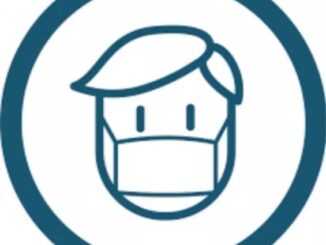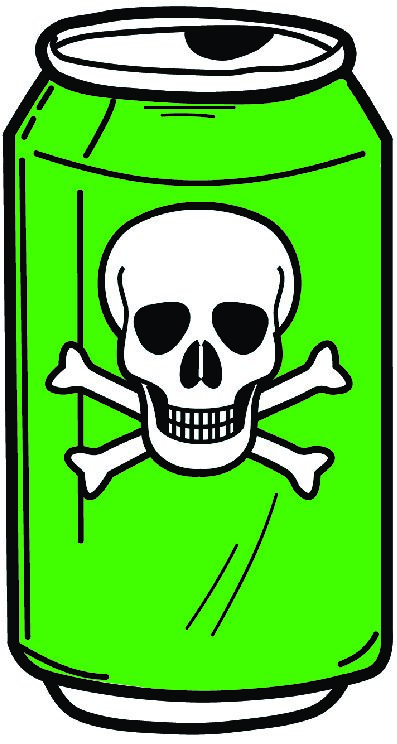
design: Mazzy Seigneur
Depression affects many people regardless of who they are, or where they live. Many people understand depression, but are more confused with seasonal depression.
Seasonal depression, also known as seasonal affective disorder (SAD), occurs when mental health worsens in one season and improves in another. The most common kind worsens in the winter months and improves in the spring, according to the American Psychiatric Association. It is a seasonal pattern that is noticed year after year, running on a schedule like clockwork.
“SAD is a type of depression so the symptoms are the same, they just occur during the winter months. SAD is identified as a type of depression in the DSM – 5,” AP Psychology teacher Jamie Paoloni said.
Some factors that impact people’s SAD include the shorter days with less sunshine and the colder weather. People may exercise less and develop other habits that don’t help their mental health.
“There are many things that can cause depression, but one we tend to discuss most often is a decline in the levels of serotonin and norepinephrine, two neurotransmitters. This can be influenced by a negative thought process, or in general, a negative period of life,” Paoloni said.
SAD and normal depression decrease mood. When the two are combined in winter months it only makes people feel worse.
“Seasonal depression definitely makes my depression a lot worse, it feels like it multiplies it by two. For me, seasonal depression mostly affects sleep meanwhile depression affects energy, motivation and eating habits,” junior Zach Zeller said.
No matter who is experiencing these symptoms, there are numerous effects on daily life. For students, productivity and effort for school often decreases.
“Students may have trouble staying motivated with schoolwork, sports, or social relationships. They may find themselves sleeping more than usual or not wanting to engage in once loved activities. Other symptoms include mood changes, irritability and changes in diet,” psychology professor at Otterbein Amy Karns said.
In order to treat SAD, numerous measures can be taken. Whether consulting a professional or starting some lifestyle changes, it is a choice to take into consideration.
“For any type of depression, regular exercise, a healthy diet, regular social interactions and getting outside in bright sunlight can help. However, someone who is suffering from depression should see a clinical psychologist or psychiatrist. Medications combined with various forms of therapy, but especially cognitive therapy, can help individuals readjust neurotransmitter levels and their thought processes,” Paoloni said.
Many students will notice friends, family or themselves experiencing this. In order to be supportive, it’s best to listen to them and help out if you can.
“Check in on them if they don’t talk to you as much. Let them know that you’re here for them and that they can talk to you,” Zeller said.
Being kind to others and empathizing with others is always a good rule to follow as people never know what others are going through. Whether having normal depression or SAD, the symptoms and feelings are real and deserving of proper treatment.
“About 1 in 5 people will have a depression diagnosis at some point in their life, so even though people with depression often feel alone, they’re not. It’s important to reach out to people around you, like friends, parents, or trusted teachers, and let them listen to you and try to help you. Sometimes people with depression need therapy, sometimes they need medication, but you shouldn’t feel like you’re supposed to try to tough it out on your own,” Professor and Department Chair for the Department of Psychology at Bowling Green State University Carolyn J. Tompsett said.


